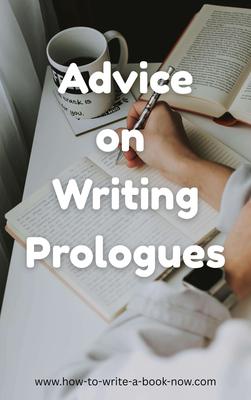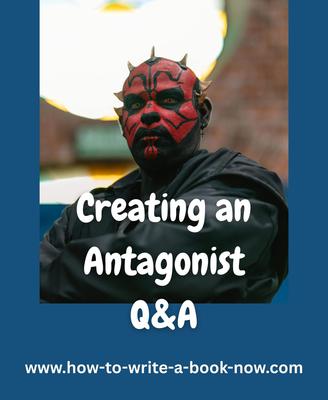Ending your plot lines in tandem or apart?
by Dan Mowbray
(Columbus, Ohio, USA)
Question: I have two plot lines. I know which one is major and which one is secondary. Currently they both end more or less in tandem at the end of the book. However my editor has suggested a new ending to the secondary plot line that requires it to end quite a bit earlier and just before the major plot line begins to go into its final action. Is there any major advantage or downside to having them finish up one way or the other?
Answer: Well... the devil is always in the details.
When you say the secondary plot ends "just before the major plot line begins to go into its final action" I feel a bit of a red flag. But it depends where the crisis of the story occurs.
The crisis -- or Crisis Driver -- is a major turning point that occurs at the boundary between act 3 and act 4 (assuming a 4-act structure. You don't want any plotline to come to an end before the Crisis Driver (chronologically). However, provided the conclusions of both plotlines occur in act 4, after the crisis, there is not necessarily a reason why one of them must end first.
There are stories in which the secondary plotline more or less takes over so that the resolution of that plot feels like the end, like the climax of the whole book. And then the conclusion of the main plotline occurs, providing a final twist or cap.
On
In either case, what matters is that the book builds to the crisis at the end of the 3rd act (again, in a 4-act structure). You want the reader to feel a rise in tension up to that point, after which things reverse as you speed toward the end of the book.
If either plotline concludes before the crisis, the risk is that the reader's tension will be dropping off exactly when you want it to be soaring, flattening the overall story emotionally.
Another way to look at it... in Act 3, all the plotlines should build to their individual crises (some stories have many more than two plotlines). Then the Crisis Driver (an event that is a major turning point) occurs that sends all the plotlines hurtling toward their conclusion. Usually they can't all end at once in the same scene, so you have to give the ending of one first and then the other. But which one should end first depends on the story.
Finally, it may be that your editor feels that alternating between plotlines in act 4 detracts from the pacing of the main plotline. Another way of solving this might be if the ending of the secondary plot can be told in a shorter space (perhaps one brief scene rather than several).
Hope that helps.
- Home
- Plot Questions
- Ending your plot lines in tandem or apart?















